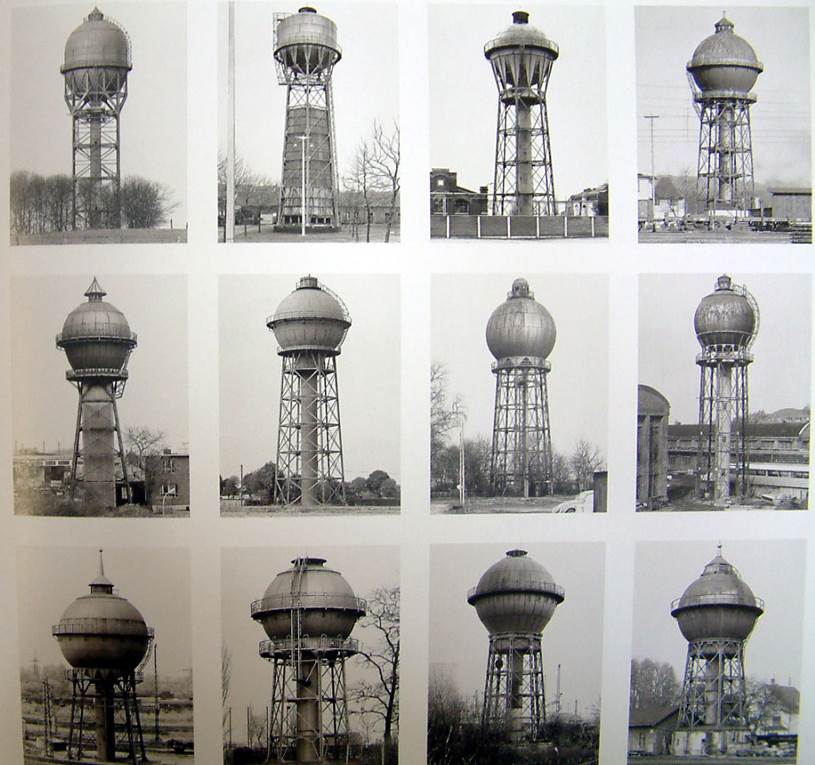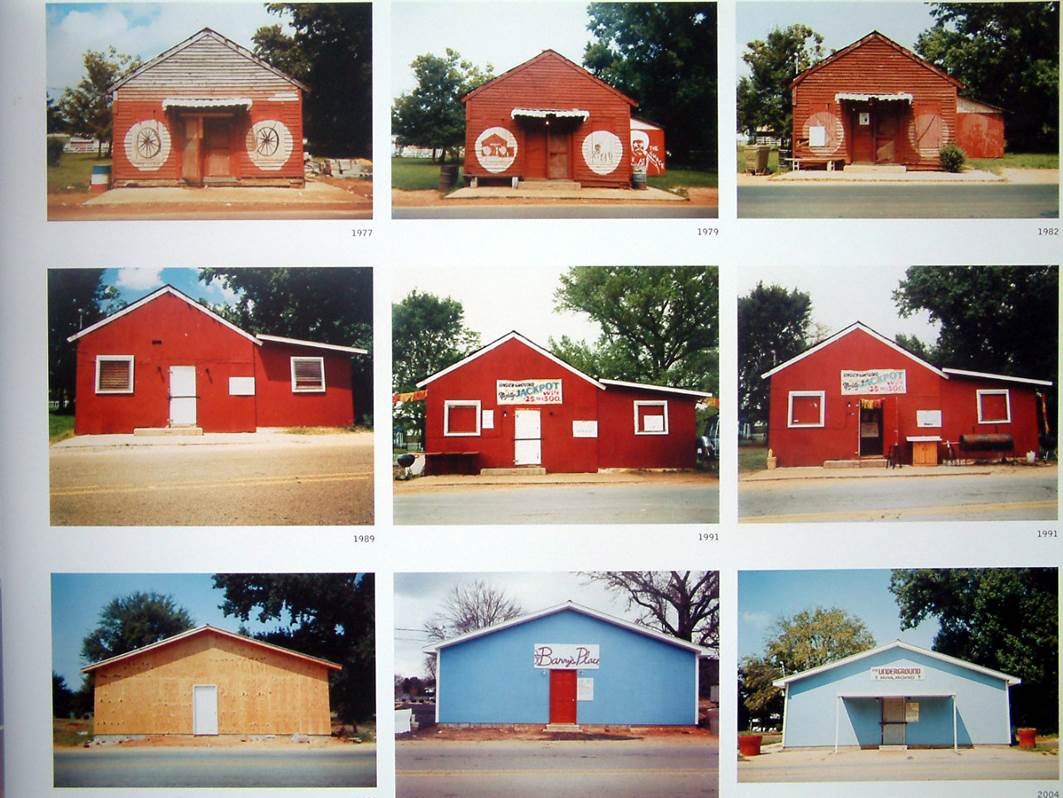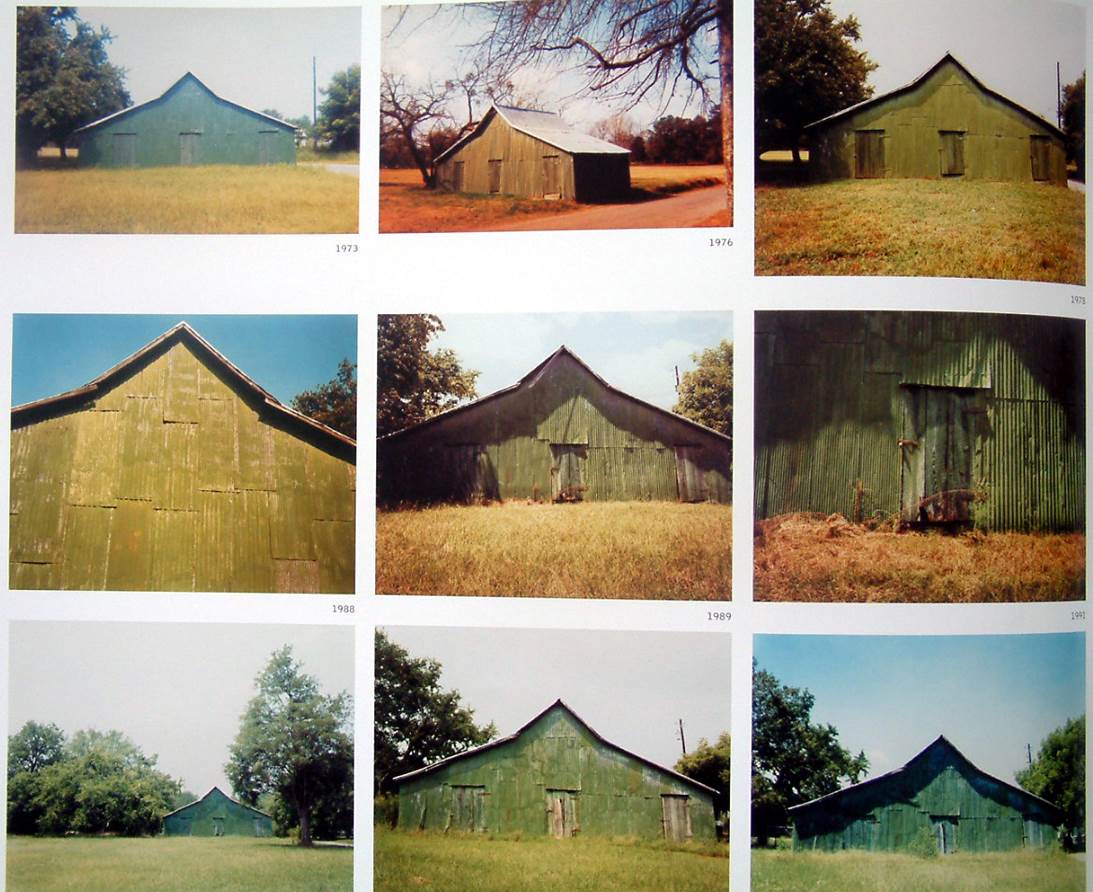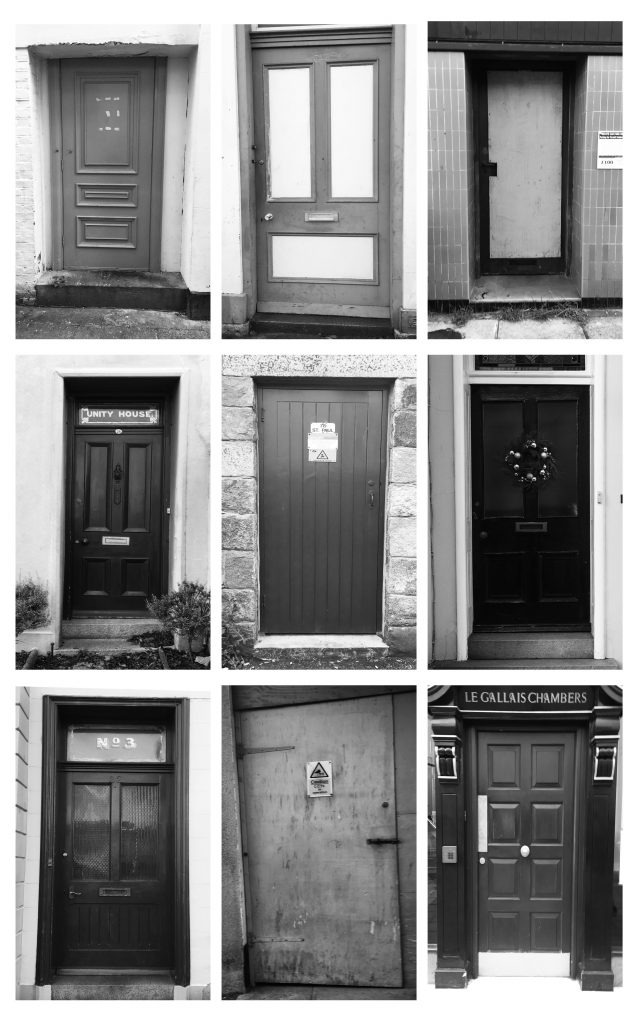Typology – a classification according to general type
Typology is essentially the grouping together of a type based on their shared attributes. In photography this can translate into taking images of the same type and displaying them together or using a concept of type whereas the images aren’t of the same subject but are linked by the photographers concept. An example of the second type of “concept” typology is August Sander, a German photographer. He photographed a representative of every social class, profession between 1910-1935. He was one of the first photographers to explore typology in his project “Citizens of the twentieth century”, arranging the images beginning with the Farmers, then progressing to the higher classes and finishing with The Last People (Idiots and the mentally sick). He didn’t intend this to be a representation of the social hierarchy.
“A typology is a particular kind of classification, made for the sorting of entities. A type, unlike other kinds of classes, is also a sorting category… Classifying is, very simply, the act of creating categories; sorting is the act of putting things into them after they have been created. One is a process of definition, the other of attribution” -Adams and Adams
The ideology behind typology is that when information is placed in groups it allows us to clearly see the similarities and contrasts that otherwise would be less apparent. Artists in art have always produced body’s of work in series but this idea spread into photography in the 1830’s when photography began to be used in a more artistic sense and to record in science.
‘The idea’, they said once, ‘is to make families of objects’- Bernd and Hilla Becher
The term ‘Typology’ was first used to describe a style of photography when Bernd and Hilla Becher began documenting dilapidated German industrial architecture in 1959. The couple described their subjects as ‘buildings where anonymity is accepted to be the style’. Stoic and detached, each photograph was taken from the same angle, at approximately the same distance from the buildings. Their aim was to capture a record of a landscape they saw changing and disappearing before their eyes so once again, Typologies not only recorded a moment in time, they prompted the viewer to consider the subject’s place in the world.
Bernd & Hilla Becher


william christenberry
In 1936, William Christenberry was born in Tuscaloosa, Alabama. He attended The University of Alabama in Tuscaloosa where he received both his BFA and MFA degrees. The artist is best known for his photography, paintings, drawings and sculptures that depict Southern themes. There have been two main retrospectives featuring William Christenberry’s work: one that was organized by the Morris Museum of Art in Augusta, Georgia, and another traveling exhibition organized by the University of Arizona’s Center for Creative Photography.
William photographs similarly to the artist refernce above however focuses on old types of buildings but have lots of vibrant colours. i really like his style of work as its original and shows a different take of typologies.


I plan to base my own photgshoot for typologies with images like the above as my inspiration. i want to capture urban images of landscapes but unlike usual urban landscapes i want my images to be bright and full of colour ad show unique types. For the majority of the shoot i am going to focus on doors as they tell a story about the house.
Analysis:
For my first attempt of typologies i stuck to looking at urban landscapes and similar images to topographics but have now grouped similar images together. on my shoot i collected a wide range of different types, styles and coloured doors. i then edited my favourites which i found individual and interesting. on photoshop i them grouped them together in a grid following the way my artist references show there typologies. i think that the use of doors was effect as they are all similar sizes so have pattern and symmetry in the images combining them all together to create one image. The grid lines also create frames and leading lines in the image to separate the images slightly so after the initial thought of seeing the pictures as a whole your eyes then focus down onto each individual image.


